As your children grow, their overall food consumption and nutrient requirements change vastly.
It probably won’t surprise you that a one-year-old has very different eating habits from an eight-year-old. Along with encouraging a balanced diet of vegetables, fruits and whole grains, getting adequate amounts of dairy and other protein-rich foods into their diets can not only help to keep them satisfied but will help their rapidly growing bodies to develop well.
While protein is required for normal growth and development in children, the amount that they require can differ with age and weight.
So how do we make sure that our children are getting enough protein, and how much is enough? Children have different protein requirements from adults. This is because the proportion of protein they need from energy is not as high. While protein is required for normal growth and development in children, the amount that they require can differ with age and weight. However, it’s good to know that children in New Zealand very rarely have insufficient protein in their diets.
The below table, based on Nutrient Reference Values for Australian and New Zealand1, tells you the minimum amount of protein your child should have each day:
| Age |
Recommended Dietary Intake of Protein per day (Boys) |
Recommended Dietary Intake of Protein per day (Girls) |
1-3 years |
1.08 g/kg of body weight |
1.08 g/kg of body weight |
4-8 years |
0.91 g/kg of body weight |
0.91 g/kg of body weight |
9-13 years |
0.94 g/kg of body weight |
0.87 g/kg of body weight |
For example, a toddler that weighs about 15kgs will need around 16g of protein per day. A seven-year-old weighing around 22kg will need about 20g a day and your average 11-year-old girl, weighing about 36kg would need at least 31g per day.
What does having enough protein for growth & development look like?
Protein is found in a variety of foods that can appeal to even the fussiest of eaters – including lean meat, dairy, poultry, seafood, eggs, legumes, nuts and seeds. The Ministry of Health recommends providing children with between 2-3 servings of dairy and 1-2 servings of other protein sources each day. So a glass of milk or pottle of yoghurt, a few slices of cheese and some fish or meat, or alternatives such as nuts or legumes, will get them well on their way to getting enough protein into their day.
The table below shows some foods that contain sources of protein that can easily be included in your child’s diet:
| Food |
Portion |
Protein per portion |
| Cheddar Cheese |
40 g (2 slices) |
9.8 g |
| Yoghurt |
100g pouch |
4.5 g |
| Egg |
1 boiled |
6.5 g |
| Milk (full fat) |
1 cup |
8.5 g |
| Cashew Nuts |
10 nuts |
2.1 g |
| Chicken Breast |
1/2 breast |
16.7 g |
| Beef Mince |
1/2 cup |
20.3 g |
| Salmon Fillet |
1/2 cup |
21. 5g |
| Chick Peas |
1 cup |
5.3 g |
In practical terms, if a toddler is having cereal with milk for breakfast, half an egg with lunch and 1/6th of a chicken breast with their dinner, plus a small cup of milk before bed they are certainly getting enough protein. A seven-year-old would need to eat a little bit more protein – this could be as easy as providing them with yoghurt with lunch, one-quarter of a chicken breast with dinner and/or a larger cup of milk before bed. You may also want to include an afternoon or morning snack of nuts or cheese.
Understanding where to find good sources of protein is one part of the journey – encouraging your children to eat them is another! Try getting them involved in preparing and cooking meals, encouraging them to help make or even prepare their own packed lunch when they are old enough. The more familiar children become with foods, the more likely they are to try new foods. So start getting them into the kitchen and give some of these recipes a go!


